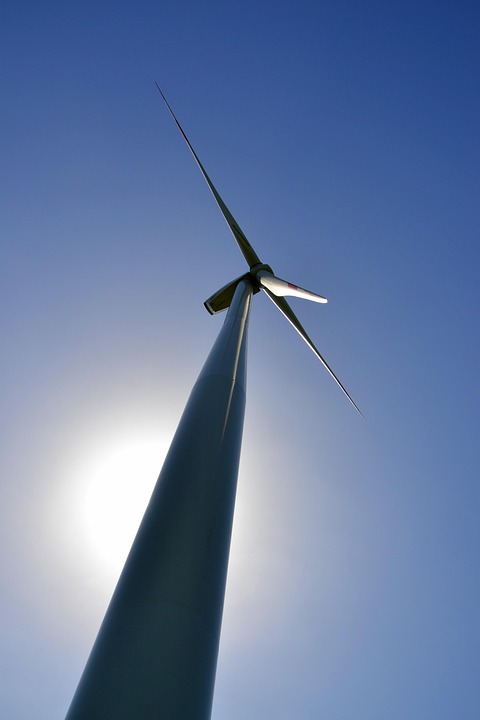The Power of Renewables: Balancing the Benefits and Drawbacks of Sustainable Energy Solutions
In recent years, the conversation around sustainable energy solutions has gained momentum as the world grapples with the urgent need to address climate change. Renewable energy sources such as solar, wind, and hydropower have emerged as promising alternatives to traditional fossil fuels. While the benefits of renewables are undeniable, it is important to also consider the drawbacks and challenges associated with transitioning to a more sustainable energy future.
Benefits of Renewable Energy
Renewable energy sources offer a number of advantages over fossil fuels. One of the key benefits is their ability to reduce greenhouse gas emissions and combat climate change. By harnessing energy from the sun, wind, and water, we can significantly decrease our reliance on carbon-intensive fuels and lower our overall carbon footprint.
In addition to being environmentally friendly, renewables also offer economic benefits. The renewable energy sector has seen significant growth in recent years, creating new job opportunities and driving economic development. As the cost of renewable technologies continues to decline, they are becoming increasingly competitive with traditional energy sources.
Furthermore, renewable energy sources are abundant and inexhaustible. Unlike fossil fuels, which are finite resources that are rapidly being depleted, renewables are available in abundance and can be harnessed indefinitely. This makes them a more sustainable and long-term solution to our energy needs.
Drawbacks of Renewable Energy
While renewables offer a number of benefits, they also come with their own set of challenges. One of the main drawbacks of renewable energy is its intermittency. Solar and wind power, for example, are dependent on weather conditions and can be unpredictable. This can create challenges in ensuring a reliable and stable energy supply.
Another drawback of renewables is their high upfront costs. While the long-term savings of renewable energy can be significant, the initial investment required to install solar panels or wind turbines can be prohibitive for some individuals and businesses. This can make it difficult for certain groups to access renewable energy solutions.
Additionally, the development of renewable energy infrastructure can have environmental impacts of its own. The construction of hydropower dams, for example, can disrupt ecosystems and habitats, leading to negative consequences for biodiversity. It is important to carefully consider the potential environmental impacts of renewable energy projects and strive to minimize their effects.
Addressing Common Questions
As interest in renewable energy continues to grow, many people have questions about how to effectively integrate sustainable energy solutions into their daily lives. Some common questions include:
1. How can I reduce my carbon footprint with renewable energy?
There are several ways to reduce your carbon footprint with renewable energy. One option is to install solar panels on your home or property to generate clean electricity. You can also purchase renewable energy credits or participate in community solar programs to support renewable energy projects in your area.
2. What are the benefits of wind power?
Wind power is a clean and renewable energy source that can help reduce greenhouse gas emissions and combat climate change. Wind turbines can be installed on land or offshore to harness the power of the wind and generate electricity. Wind power is also cost-effective and can help create new job opportunities in the renewable energy sector.
3. How can I overcome the challenges of intermittency with renewable energy?
There are several strategies to overcome the challenges of intermittency with renewable energy. One option is to invest in energy storage technologies such as batteries or pumped hydro storage to store excess energy for use when renewables are not generating power. Another option is to diversify energy sources and combine solar, wind, and hydropower to create a more reliable energy supply.
Conclusion
Renewable energy sources have the potential to revolutionize the way we power our world and combat climate change. While there are undeniable benefits to transitioning to renewables, it is important to also consider the challenges and drawbacks associated with sustainable energy solutions. By carefully balancing the benefits and drawbacks of renewables, we can work towards a more sustainable and resilient energy future for generations to come.
It is crucial for individuals, businesses, and governments to prioritize the development and adoption of renewable energy solutions in order to reduce our dependence on fossil fuels and mitigate the impacts of climate change. By investing in renewables, we can create a cleaner, healthier planet for future generations to enjoy.
Together, we can harness the power of renewables to create a brighter and more sustainable future for all.












